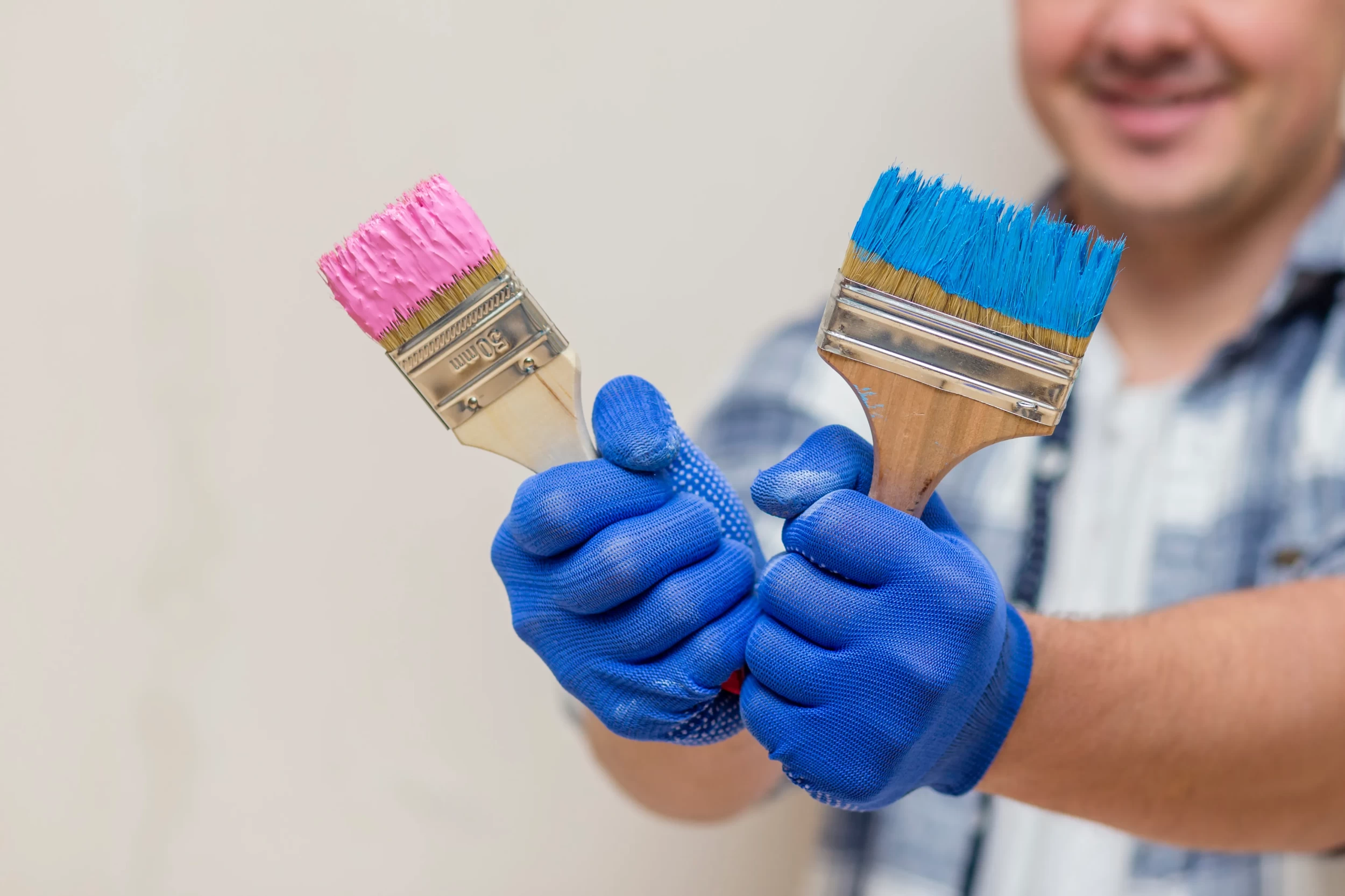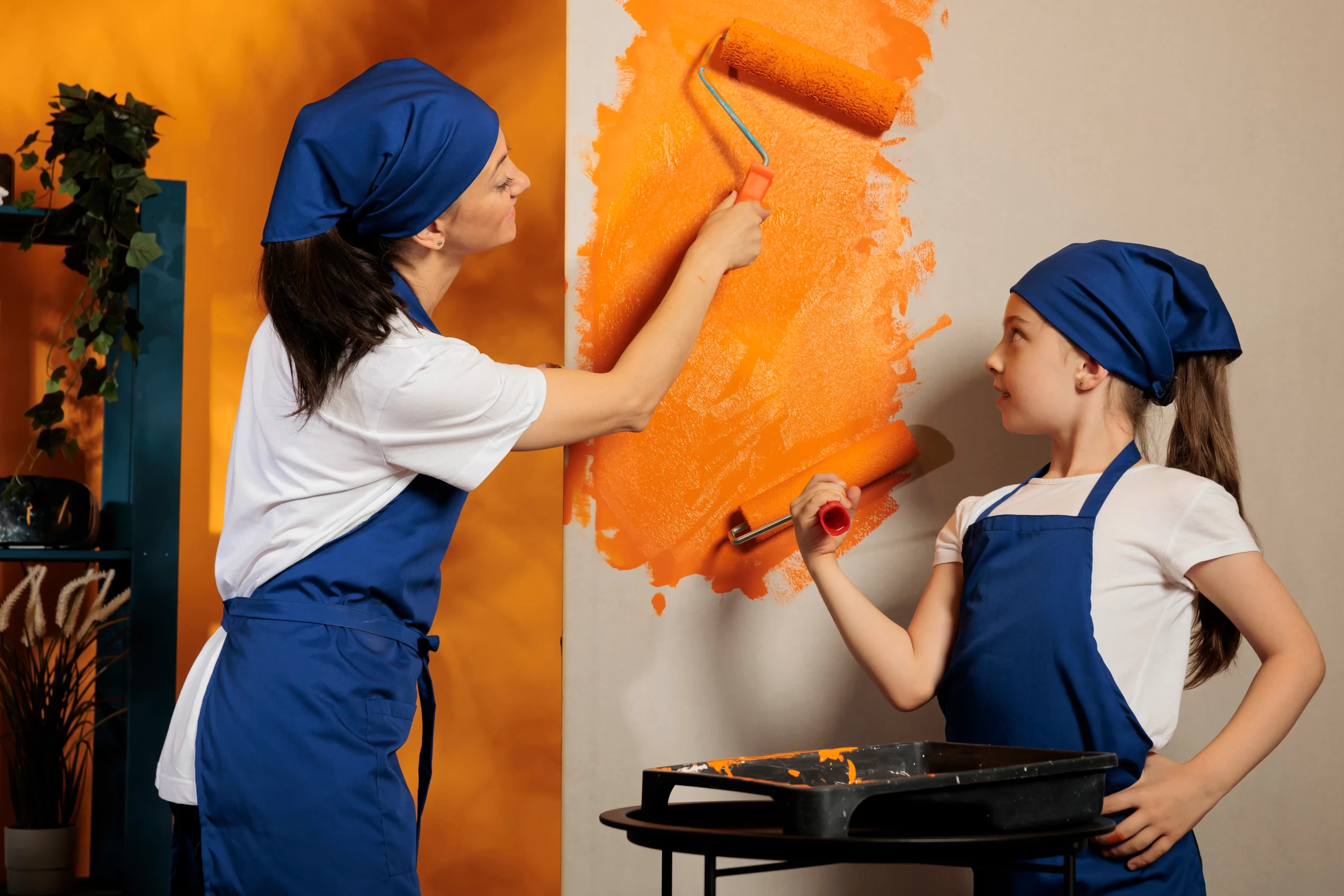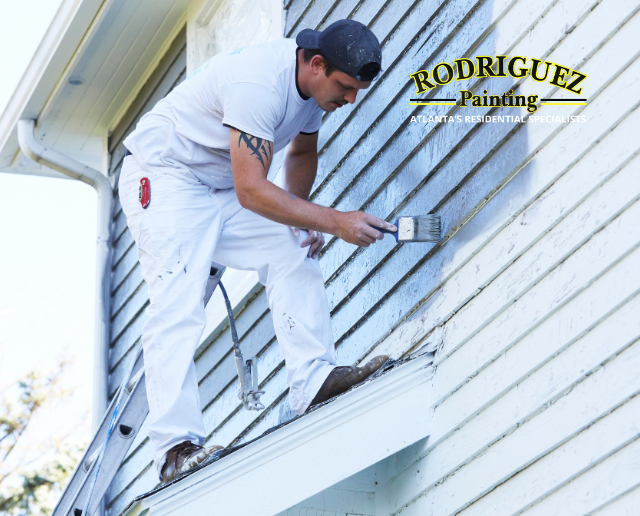
Painting can give any surface, from walls to furniture to artwork, a whole new appearance. It may be difficult to remove unwanted paint from multiple surfaces. It involves using the correct methods and equipment to remove paint. After a spill, smear, or brushstroke mishap, you can remove the paint from multiple surfaces.
Here we'll discuss the most efficient strategies for stripping paint off multiple surfaces without damaging the original surface.
Removing Paint from Walls:
When painting, walls are one of the most typical places for accidents. Put down a drop cloth before beginning paint removal from walls. Use a putty knife or scraper to remove dried or peeled paint gently.
Apply a paint stripper or remover to the area and wait a few minutes if the paint is water-based. The paint may then be scraped off after it has softened. Do this again and again until all traces of paint have disappeared. When using chemical paint removers, always use safety gear such as gloves and goggles.
Removing Paint from Wood:
Floors and furniture made of wood need special care to prevent scratches and dents. Start by carefully removing the paint with a plastic putty knife or fine sandpaper. Never scrape or gouge the wood.
Denatured alcohol or paint thinner on a cloth may be used to remove stubborn paint. To remove paint, rub softly in a circular motion. After scraping the paint, scrub the area with a moist towel and let it dry completely.
Removing Paint from Metal:
The metal surface can survive more forceful paint-removing techniques. First, you'll want to use a wire brush or sandpaper to remove as much paint as possible. The next step is to use painting remover made of metal.
Allow the product to sit for the period specified on the packaging. The paint may then be removed using a scraper or wire brush. To keep the metal from rusting, rinse it with water and let it completely dry.
Removing Paint from Fabric:
Even though paint spills on clothing are upsetting, there is hope for fixing the mishap. Using a clean cloth or paper towel, rapidly blot out the wet paint stain and use a brush to remove as much paint as possible from the paint before applying it to the surface.
Refrain from rubbing since this will help the paint spread and deepen the stains. Rinse the cloth with cold water beginning at the back of the stain and continuing until you remove the excess paint. The discoloration may be removed by applying a light detergent to the area and waiting a few minutes before washing as normal.
Removing Paint from Glass:
Painting glass surfaces, such as windows or mirrors, requires careful yet efficient methods to create a smooth surface. First, use warm water to soften the paint, then gently scrape it off with a razor blade held at a 45-degree angle. Take care to avoid damaging the window panes.
Soak the area in equal vinegar and water to remove any stubborn paint. After waiting a few minutes, use the razor blade to remove the loosened paint. Use a glass cleaner to wipe off the surface of the glass and remove any residue.



























































